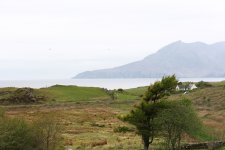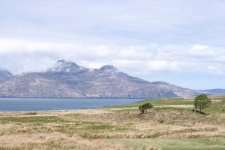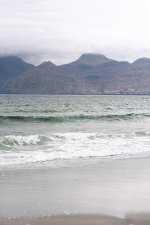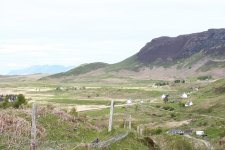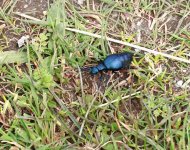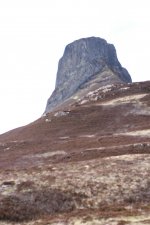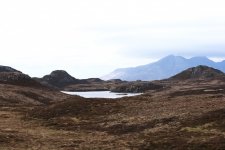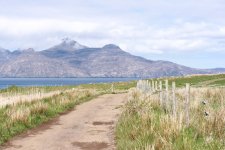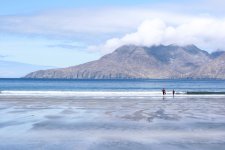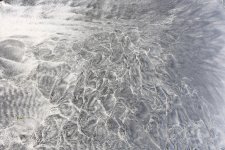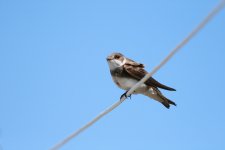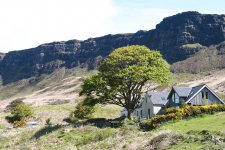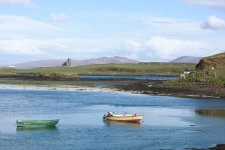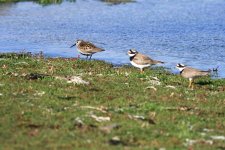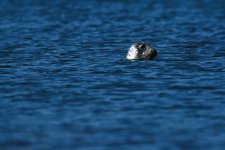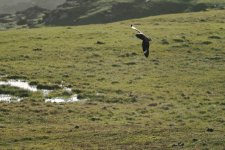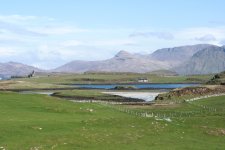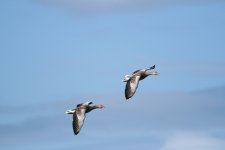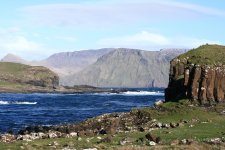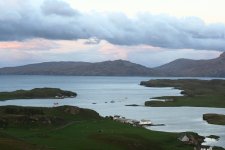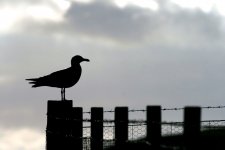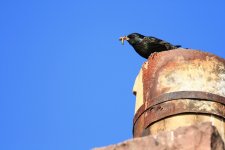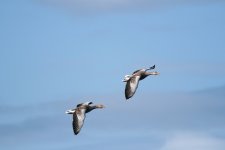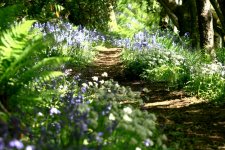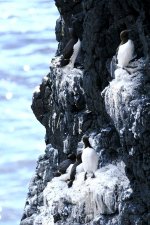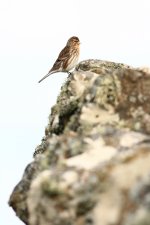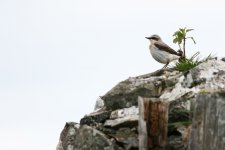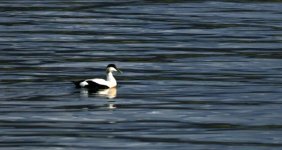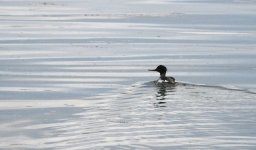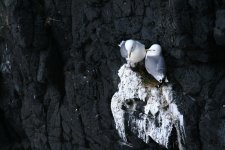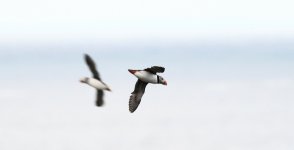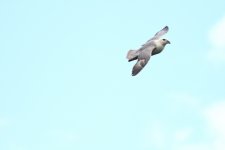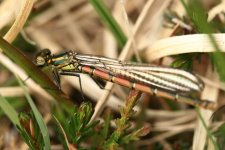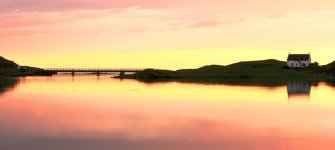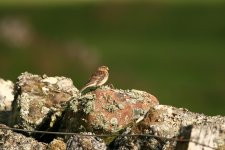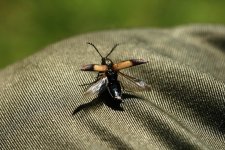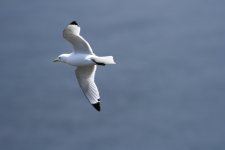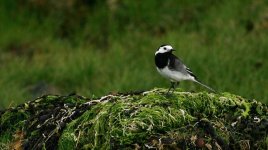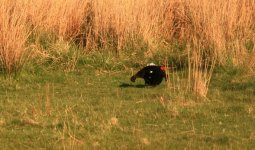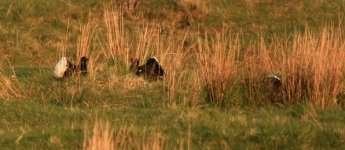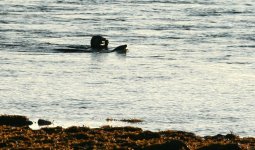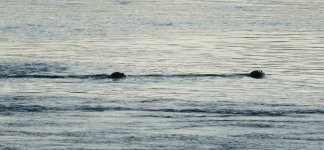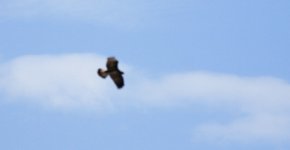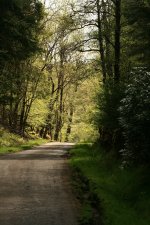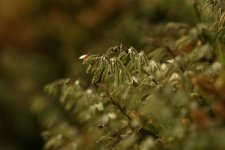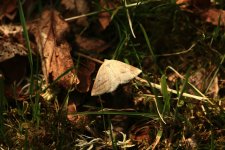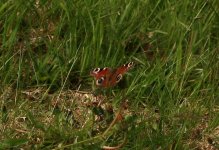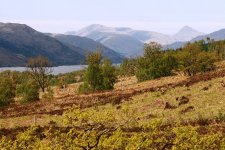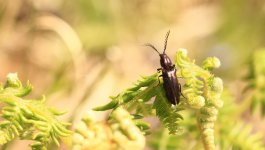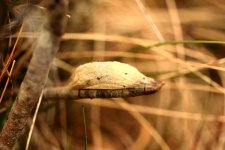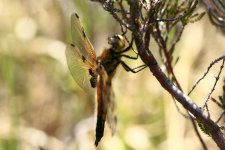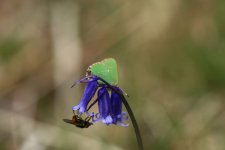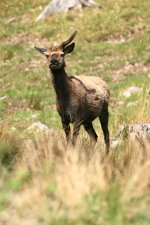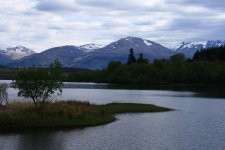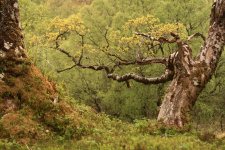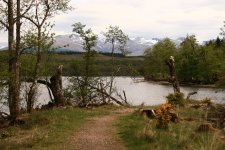Paul Collins
Well-known member
"The Small Isles", West Scotland (incl Fort William) - 25th-29th May 2013 (29th-31st)
Introduction
As expedition organiser for the University of Edinburgh Photographic Society, I decided to take a small group of 7 people on a 5-day trip to "The Small Isles", a small archipelago in the Inner Hebrides, to round off our photographic season. I tied this in with a 2-night stay at the Glen Loy Wildlife Lodge in Banavie, near Fort William, which I had won for a recent success in a local wildlife photography competition.
My knowledge of the west coast is relatively young, having only led a trip to Oban and the nearby islands of Kerrera and Mull in 2010, and then to Skye in 2012, the furthest west we had managed as a society thus far. Something about the Hebrides - its remoteness, alleged inaccessibility (at least, the map on the wall in my Oban hostel succeeded in romanticising its isolation from the rest of Scotland) and wonderful wildlife, not to mention basking sharks and whales - made me consider this unrivalled region for our spring trip. So I focussed on the two less populous islands, Eigg and Canna, over the more well known Rhum and Muck, which seemed a little over-explored by the likes of the BBC Natural History Unit and the Springwatch team. I knew nothing about Eigg and Canna so started planning in December, with the aim to head out in early Summer.
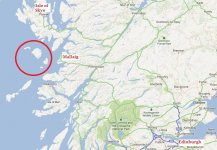
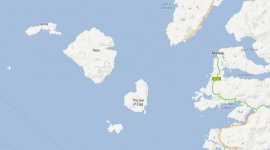
I should stress that this was primarily a photography trip, not a wildlife watching trip, although wildlife photography was high on most peoples' lists and much bird-life, such as golden eagles and puffins, seeped into our day-to-day activities. My two days at Glen Loy were much more wildlife focussed, with a broad consideration of all things great and small from otters and martens to ferns and fungi. In any case, I hope this gives naturalists planning to visit the area a flavour of the kind of things that can be found with relative ease or a little luck.
Planning
TRANSPORTATION
Trains: Run daily from Edinburgh to Mallaig or Arasaig, the two ports from which ferries depart to The Small Isles, but are few in number. I got a 7am train via Glasgow Queen Street, which gets to Mallaig at 1:30 - a good hour before the ferry departs.
Caledonian MacBrayne Ferries: Service is fast and reliable, but the timetable is rather restrictive, meaning that any disruption in service can have a huge effect on your itinerary. Their website includes up-to-date service information and a timetable: http://www.calmac.co.uk/destinations/eigg.htm. I saw plenty of seabirds from the ship, and pelagic mammals and sharks can be seen occasionally as well, although I've been told the Arasaig boat service will more often make detours for this wildlife. Recent sightings here: http://www.whaledolphintrust.co.uk/sightings-recent-sightings.asp
ACCOMMODATION
Eigg: A list of various accommodation can be found here, http://www.isleofeigg.net/self_catering.html. We stayed at Eigg Yurting and Camping, http://www.eiggorganics.co.uk/, an excellent little campsite with great views of Rhum and the beaches. A relatively sheltered spot, run by lovely hosts Sue and Neil Hollands (and their dog Rosie!). Very well positioned in the north, a short walk from Laig Bay and the Singing Sands, but recommended to get a drive as it's an hour walk from the pier. The local birdwatcher Jon Chester is worth contacting.
Canna: A very small island community, Canna has one campsite and a couple of small self-catered cottages. We stayed at the camp-site, a fantastic site overlooking the entire east side of the island. Eagles and buzzards regularly flew overhead. Contact Stewart Connor, the island warden, for further information at [email protected] - he provided a useful knowledge of the wildlife of Canna and Sanday.
Glen Loy Lodge, Fort William: Located 7 miles from Fort William, with views of Ben Nevis and Aonach Mor, this hunting lodge is truly a wonderful spot. Jon Mercer is a fantastic host and guide (his wife Angela was away in the Philippines), and a very good cook as well! The main attraction, apart from the peace and quiet, is probably the resident pine marten family which comes to his terrace every evening - the mother was looking in whilst I was eating dinner! I fortunately got onto the 2 day trips for a considerable discount, but it's well worth every penny as he'll do his best to show you a good range of animal species http://www.wildlifeextra.com/go/uk/glenloy-wildlife.html#cr. He updates his blog with sightings here: http://www.glenloylodge.co.uk/jonsblog/.
Introduction
As expedition organiser for the University of Edinburgh Photographic Society, I decided to take a small group of 7 people on a 5-day trip to "The Small Isles", a small archipelago in the Inner Hebrides, to round off our photographic season. I tied this in with a 2-night stay at the Glen Loy Wildlife Lodge in Banavie, near Fort William, which I had won for a recent success in a local wildlife photography competition.
My knowledge of the west coast is relatively young, having only led a trip to Oban and the nearby islands of Kerrera and Mull in 2010, and then to Skye in 2012, the furthest west we had managed as a society thus far. Something about the Hebrides - its remoteness, alleged inaccessibility (at least, the map on the wall in my Oban hostel succeeded in romanticising its isolation from the rest of Scotland) and wonderful wildlife, not to mention basking sharks and whales - made me consider this unrivalled region for our spring trip. So I focussed on the two less populous islands, Eigg and Canna, over the more well known Rhum and Muck, which seemed a little over-explored by the likes of the BBC Natural History Unit and the Springwatch team. I knew nothing about Eigg and Canna so started planning in December, with the aim to head out in early Summer.


I should stress that this was primarily a photography trip, not a wildlife watching trip, although wildlife photography was high on most peoples' lists and much bird-life, such as golden eagles and puffins, seeped into our day-to-day activities. My two days at Glen Loy were much more wildlife focussed, with a broad consideration of all things great and small from otters and martens to ferns and fungi. In any case, I hope this gives naturalists planning to visit the area a flavour of the kind of things that can be found with relative ease or a little luck.
Planning
TRANSPORTATION
Trains: Run daily from Edinburgh to Mallaig or Arasaig, the two ports from which ferries depart to The Small Isles, but are few in number. I got a 7am train via Glasgow Queen Street, which gets to Mallaig at 1:30 - a good hour before the ferry departs.
Caledonian MacBrayne Ferries: Service is fast and reliable, but the timetable is rather restrictive, meaning that any disruption in service can have a huge effect on your itinerary. Their website includes up-to-date service information and a timetable: http://www.calmac.co.uk/destinations/eigg.htm. I saw plenty of seabirds from the ship, and pelagic mammals and sharks can be seen occasionally as well, although I've been told the Arasaig boat service will more often make detours for this wildlife. Recent sightings here: http://www.whaledolphintrust.co.uk/sightings-recent-sightings.asp
ACCOMMODATION
Eigg: A list of various accommodation can be found here, http://www.isleofeigg.net/self_catering.html. We stayed at Eigg Yurting and Camping, http://www.eiggorganics.co.uk/, an excellent little campsite with great views of Rhum and the beaches. A relatively sheltered spot, run by lovely hosts Sue and Neil Hollands (and their dog Rosie!). Very well positioned in the north, a short walk from Laig Bay and the Singing Sands, but recommended to get a drive as it's an hour walk from the pier. The local birdwatcher Jon Chester is worth contacting.
Canna: A very small island community, Canna has one campsite and a couple of small self-catered cottages. We stayed at the camp-site, a fantastic site overlooking the entire east side of the island. Eagles and buzzards regularly flew overhead. Contact Stewart Connor, the island warden, for further information at [email protected] - he provided a useful knowledge of the wildlife of Canna and Sanday.
Glen Loy Lodge, Fort William: Located 7 miles from Fort William, with views of Ben Nevis and Aonach Mor, this hunting lodge is truly a wonderful spot. Jon Mercer is a fantastic host and guide (his wife Angela was away in the Philippines), and a very good cook as well! The main attraction, apart from the peace and quiet, is probably the resident pine marten family which comes to his terrace every evening - the mother was looking in whilst I was eating dinner! I fortunately got onto the 2 day trips for a considerable discount, but it's well worth every penny as he'll do his best to show you a good range of animal species http://www.wildlifeextra.com/go/uk/glenloy-wildlife.html#cr. He updates his blog with sightings here: http://www.glenloylodge.co.uk/jonsblog/.
Last edited:




